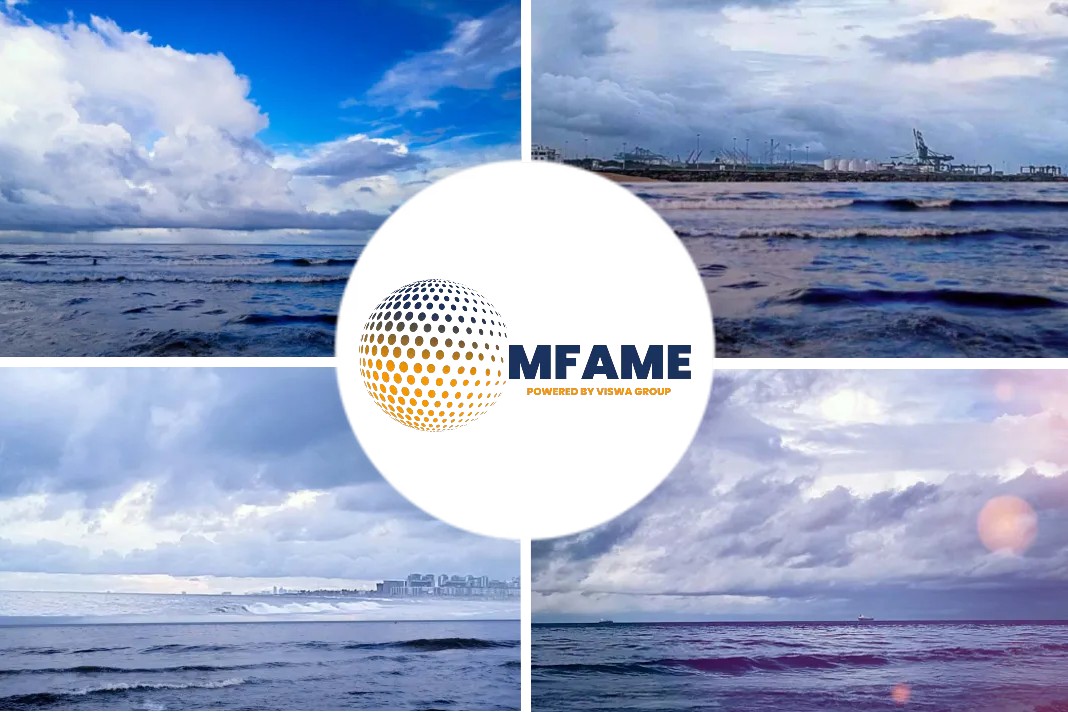 Bureau Veritas has awarded approval in principle to (AIP) to the air lubrication system developed by Singapore-based GILLS, that helps improve efficiency by reducing the drag of an underwater hull, says article published in manifold times.
Bureau Veritas has awarded approval in principle to (AIP) to the air lubrication system developed by Singapore-based GILLS, that helps improve efficiency by reducing the drag of an underwater hull, says article published in manifold times.
What does GILLS stand for?
GILLS, which stands for gas injected liquid lubrication systems, deploys NACA profiles to create self-generating microbubbles of air for ‘turbulent modulation’ which has a ‘hull-tightening’ effect.
“The GILLS Air Lubrication System is a nature-based innovative technology that not only uses the micro bubbles to reduce the drag, emissions, fuel and biofouling, but it also utilises the ship speed to generate a negative pressure and minimises the required external compressor power,” said Peter Kneipp, managing director of GILLS PTE.
Hull tightening effect
Different factors and forces of GILLS hull tightening effect technology are acting on the microbubbles generated by a GILLS vortex generator installed at the bow of the ship, with the following features:
- A ship’s forward movement
- Creation of microbubbles by negative pressure and Kelvin Helmholtz Instability (KHI) exiting the vortex generator
- The random shape of microbubbles with turbulence, eddies and vortices, from KHI
- Buoyancy acting on the micro bubbles inducing an upward force
- Shape of the hull
Benefits of GIILS project
“The GILLS systems have been installed on an existing vessel for a number of years now and the vessel owners are confident that the fuel savings are approximately 10%,” said by David Barrow, SE Asia Zone Vice-President for Bureau Veritas.
By reducing the fuel burn, this type of system can contribute to lowering emissions in the shipping sector and help achieve the International Maritime Organisation’s (IMO) goal of reducing emissions by at least 50 percent by 2050.
Did you subscribe to our daily newsletter
It’s Free! Click here to subscribe!
Source: Manifold Times






















